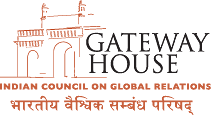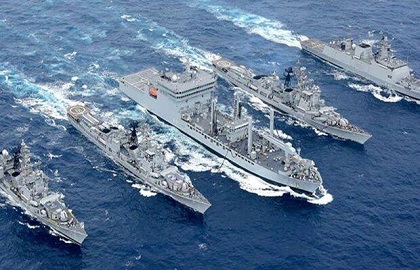 Courtesy: Financial Express
Courtesy: Financial Express
Great power competition in the Indo-Pacific is a concern for regional powers. India’s maritime security strategy has adapted to this geo-political change, and is moving from acting as a balancing power, to a leading force in the region. India is a near, yet non-resident power, and has a strategy for providing stability, prosperity, and security in the Indo-Pacific and Indian Ocean regions.
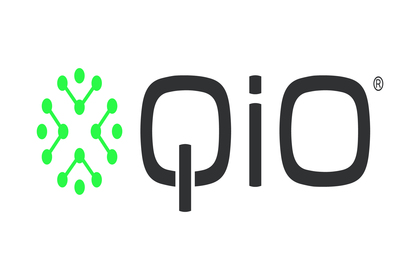 Courtesy: QiO Technologies
Courtesy: QiO Technologies
UK-Pune based QiO Technologies is an industrial software analytics company that focuses on digital transformation. QiO differentiated itself by complying with and certifying its products with European GDPR standards, creating trust and a wider client-base. It offers a unique subscription plan based on investment returns, making it an attractive option for manufacturing MSMEs.
 Courtesy: www.aithority.com
Courtesy: www.aithority.com
Altizon’s product uses machine data to help better business decision-making for its overseas manufacturing customer base. It particularly improves productivity, power and utilities consumption and predictive maintenance. Altizon is now in the prestigious Gartner Magic Quadrant, one of only 16 globally-recognised niche players for Industrial IoT platforms. It is getting attention from Indian SMEs.
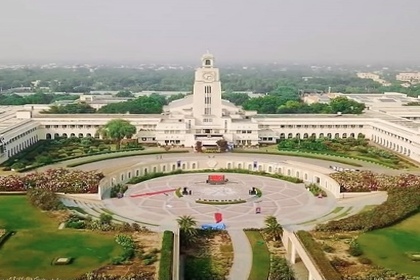 Courtesy: BITS Pilani
Courtesy: BITS Pilani
In June 2019, BITS Pilani became the first academic institution, globally, to offer a Master’s programme in Digital Manufacturing. The programme, currently open only to working professionals, focuses on developing an expertise in the manufacturing of the future including Industrial IoT, additive manufacturing, big data analytics, industrial cybersecurity, and logistics and supply chain optimisation. The ongoing pandemic has exponentially increased digital adoption, increasing the demand for the study of digital manufacturing within corporate India.
 Courtesy: ClairViz
Courtesy: ClairViz
ClairViz offers products and services that help manufacturing companies digitally transform their factory floor. It uses its project engineering, design, electrical, automation and software skills to transform them into modern, data-driven facilities. This start-up smartly benefits from government programmes: housed in a state-supported incubator, clients are public sector enterprises mandated to use small and medium entrepreneurs in their supply chains.
 Courtesy: Charles Platiau/Reuters
Courtesy: Charles Platiau/Reuters
Schneider Electric’s domain expertise in hardware and software has helped it create a proprietary and comprehensive suite of Industry 4.0 solutions. The company is now deploying these in all of its eight manufacturing facilities spread across India with favourable results: 30% reduction in energy costs, 10% improvement in mean time to repair and 5% improvement in logistics. Schneider intends to make these Lighthouse network facilities, thereby setting the standard for other manufacturing MNCs in India.
 Courtesy: LinkedIn | Drishti
Courtesy: LinkedIn | Drishti
Using computer vision and AI to capture factory-wide data of human operators, Drishti Technologies co-relates human actions to line efficiencies, bottlenecks and root-cause analysis. Indian manufacturers operating at the lower end of the automation curve can use this combination to improve productivity, safety and quality by a deep-dive into human-action analytics.
 Courtesy: C4i4
Courtesy: C4i4
C4i4 is a part of the Government of India's Samarth Udyog initiative, and aims to hand-hold micro, small and medium enterprises (MSMEs) in the journey towards digitisation. Though MSMEs account for 45% of manufacturing output and 40% of exports, almost 90% of them lack access to markets beyond their limited geography. C4i4 helps them scale productivity and quality, and compete in global markets.
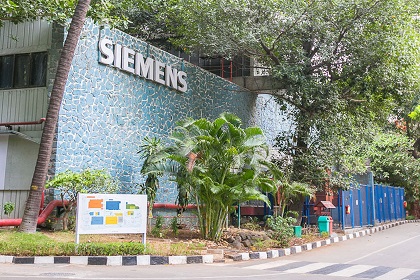 Courtesy: Twitter|@SiemensIndia
Courtesy: Twitter|@SiemensIndia
The 50-year-old Siemens facility in Kalwa adopted the Internet of Things, cloud and digital twin technologies to transform itself digitally and optimise manufacturing processes. It led to a 20% increase in productivity, and has made its product competitive with its German counterpart.
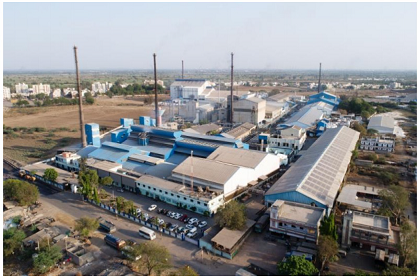 Courtesy: Piramal Glass
Courtesy: Piramal Glass
In Dec 2020, U.S. private equity firm Blackstone acquired a controlling stake in Piramal Glass, in recognition of its inherent business value and accelerated digital journey. The plant in Kosamba, Gujarat, is an export powerhouse which has adopted digital technologies like IoT and cloud, and is a lodestar for brownfield facilities looking to become globally competitive, data-driven, and Industry-4.0 enabled. Early digital innovation helped restore plant-wide operations within a week of the COVID-19 pandemic, whilst adhering to stringent regulatory norms and workforce restrictions.
